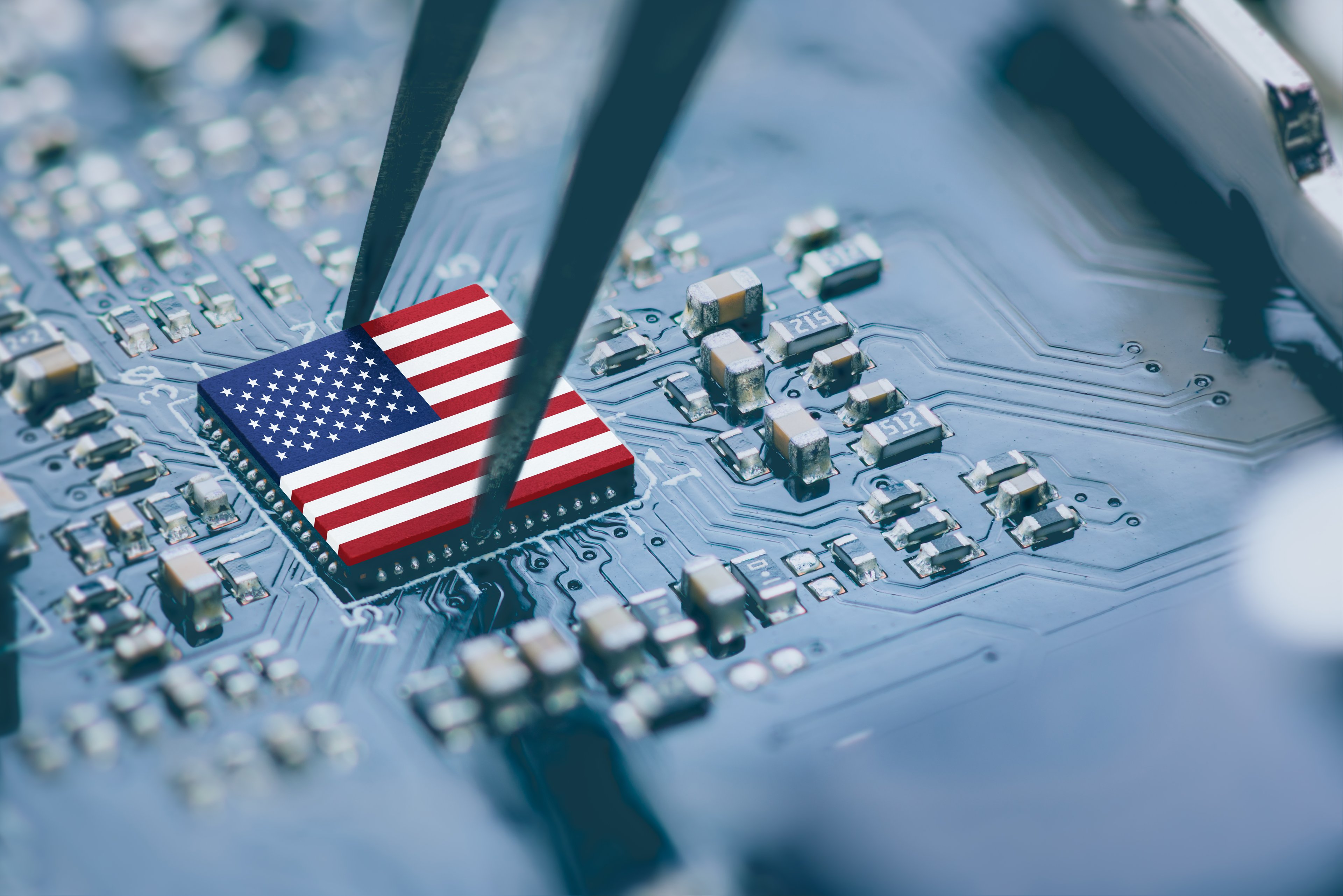OK, this isn't a news flash if you're following news about AMD (NYSE:AMD), but it's been the center of controversy lately. Judging from reader response to a few recent articles about its foundry spin-off, it sounds like a few investors have their doubts, but I still see the move as a case of Profitable Semiconductor Business 101. In short, AMD is doing fine -- and that spin-off was the right move.
CNet News landed an interview with AMD CEO Dirk Meyer, where he explained the thinking behind spinning off the company's chip-making fabs.
Outsourcing the manufacturing makes sense because it's cheap: "In the past, we've had to invest between one and two billion dollars a year in manufacturing capacity for wafer fabs," Meyer said. "We don't have to do that anymore." Instead, the Foundry Company will fund its operations, expansion, and technology upgrades from its own balance sheet.
Yes, AMD will still own some 34% of that company, but is under no obligation to pump any more money into that asset-heavy balance sheet. There will still be research in manufacturing processes to keep AMD close to archrival Intel (NYSE:INTC) in the eternal race toward more compact chip traces and transistors. But that investment comes from Abu Dhabi now.
And to those who scoff at the move because it will a) slow down the process development, b) increase the cost of doing business, or c) both, Meyer scoffs right back. There's plenty of precedent for an "asset-light" semiconductor business from industry leaders like Texas Instruments (NYSE:TXN), QUALCOMM (NASDAQ:QCOM), and graphics rival NVIDIA (NASDAQ:NVDA). When AMD bought ATI, it got a taste of how to run that model -- Taiwan Semiconductor (NYSE:TSM) makes the ATI chips.
Sure, AMD won't overtake Intel's process technology lead anytime soon, but that's nothing new. "We've never introduced products on the next [manufacturing] node first in the industry," Meyer said. For one, it's kind of like buying a $1,000 Blu-ray player for the bragging rights, rather than wait six months and get one for half the price. But even if AMD wanted to get ahead of the game, that might not be possible: "Given our scale, we don't receive the first copies of manufacturing tools."
So there you have it, straight from the horse's mouth. This spin-off makes AMD lighter and lets it focus on just chip design. It has worked for others before, and even for parts of AMD itself. Finally, the runner-up manufacturing spot makes sense for an underdog like AMD. This stock should be a Rule Breaker, because a change this drastic will take the skeptical market by surprise -- in a good way.
Further Foolishness:









